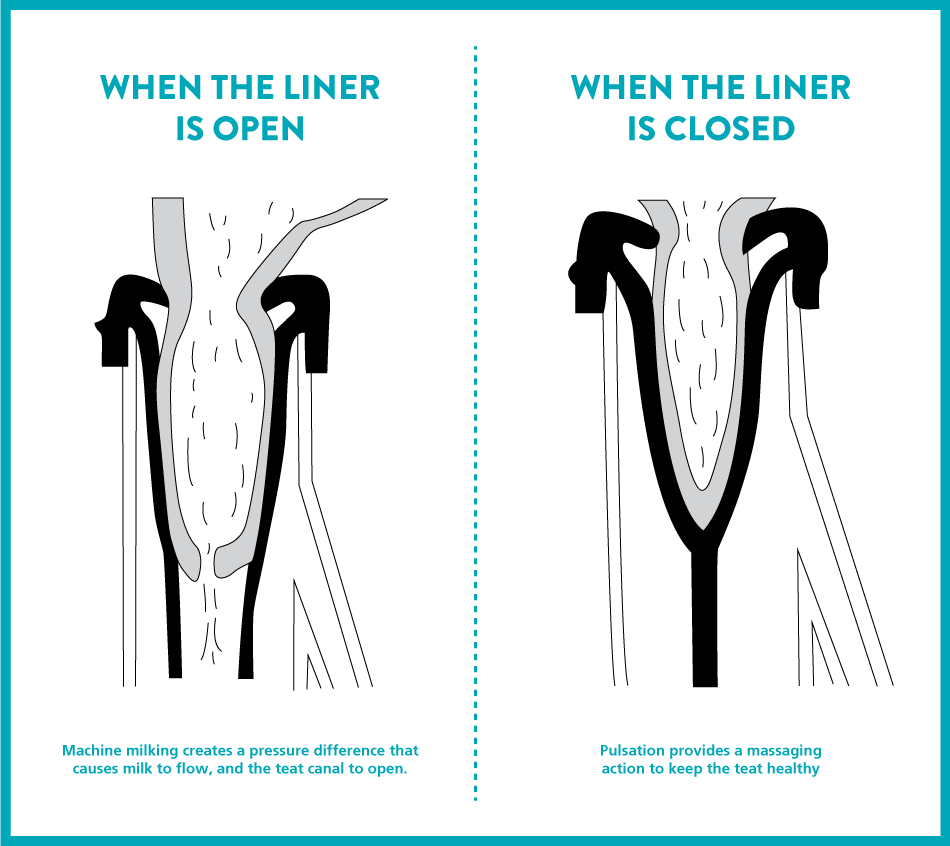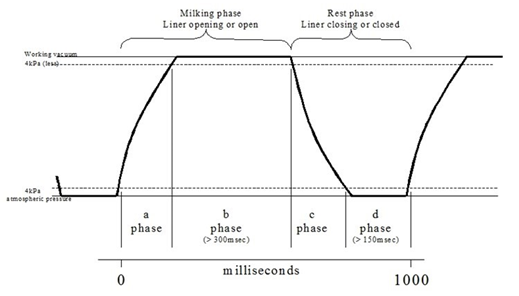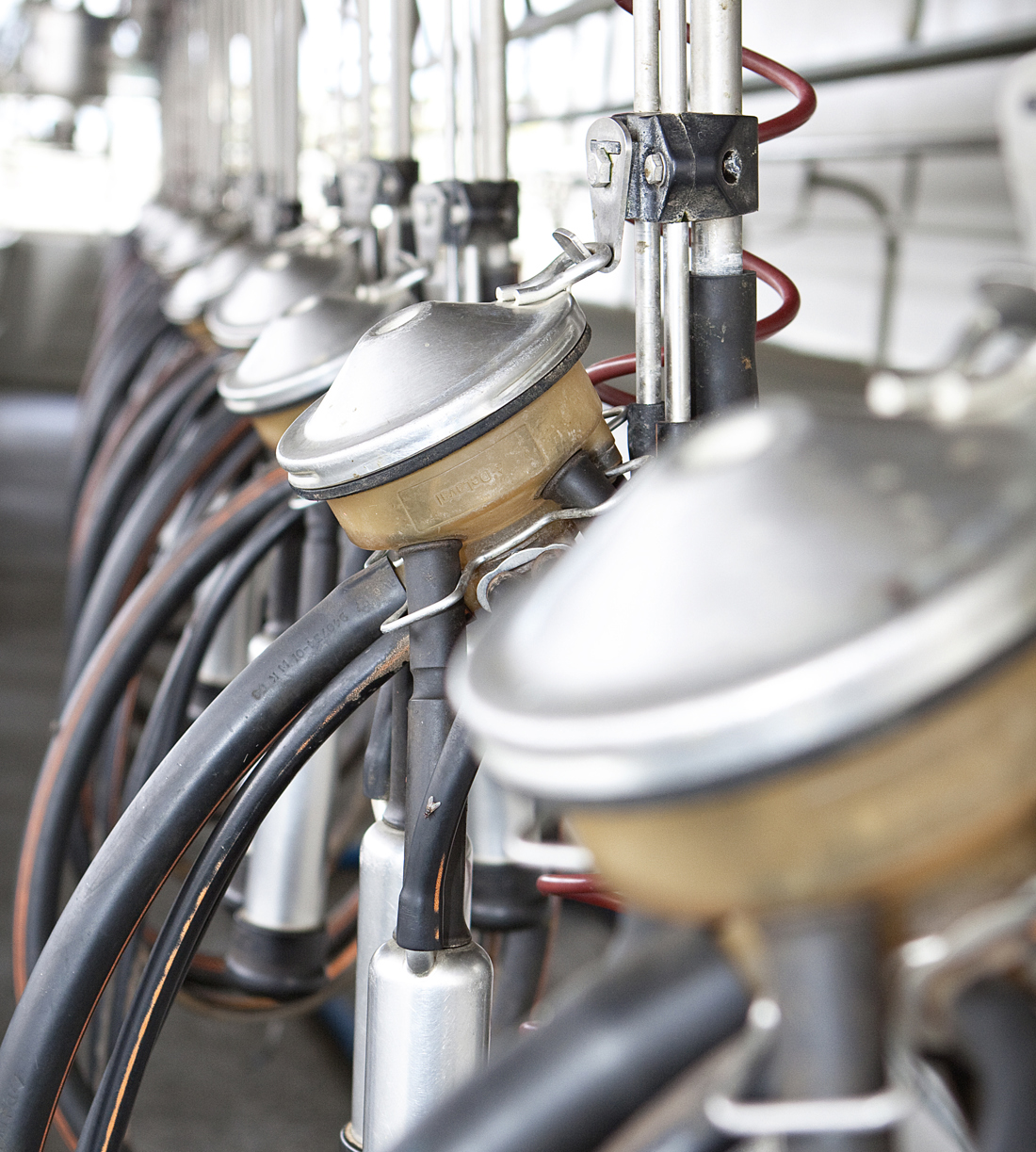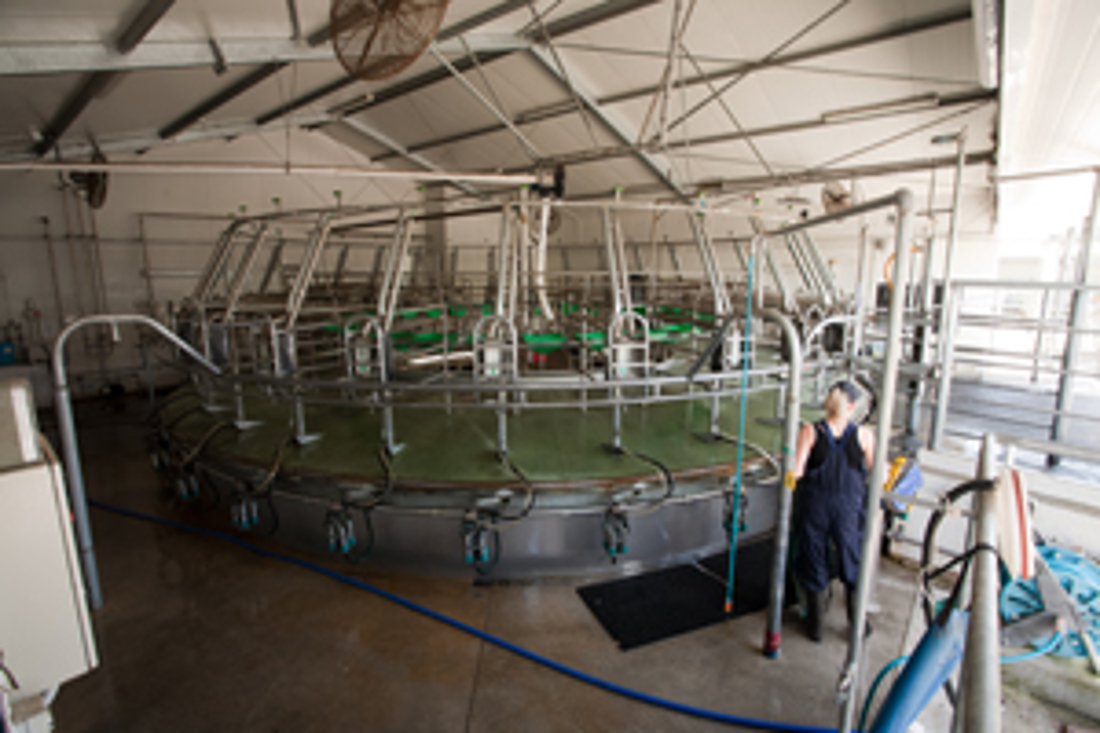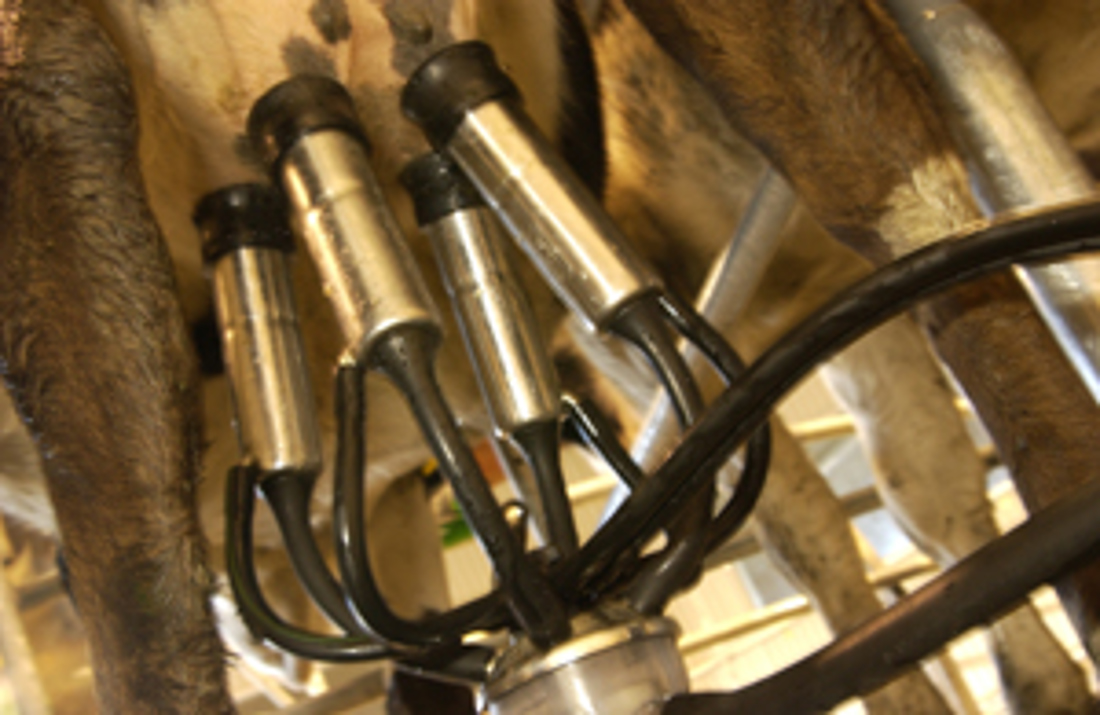How pulsation works
The pulsation system allows cyclical changes in pressure (vacuum) in the chamber around the liner. This causes the teat cup liner to open allowing milk to flow, then closes the liner again around the teat, massaging the tissues and reducing congestion.
What is a pulsation system?
All pulsation systems are made up of a pulsator (an air switching device), a source of vacuum, and connecting pipelines and flexible pulse tubes that connect the pulsator to the pulsation chamber, formed between the teat cup shell and liner.
The purpose of pulsation is to limit the amount of congestion and oedema occurring in the teat tissues during machine milking, which can lead to cow discomfort, teat congestion and potentially teat end damage (hyperkeratosis). Pulsation helps maintain a high rate of milk flow from the teat within each pulsation cycle and helps stimulate good milk let-down.
As with all machinery, maintenance of pulsators is important. Ensure milking machinery is completely assessed, and faults rectified, at least once every 12 months by a registered milking machine tester that holds a current practicing certificate from the MPTA (Milking and Pumping Trade Association).
Pulsator types
Pulsators can be pneumatic, electronic or mechanical. The number of clusters connected to the pulsator will affect pulsation. Pulsation systems can operate on the teats in two ways:
- Simultaneous (4x0)
- Pressure is applied to, and released from, all the teats simultaneously.
- Bores of 8-9mm are typical.
- Alternating (2x2)
- Pressure is applied to two teats while the other two are at rest and then alternate.
- Bores of 6-8mm are typical.
- The number of clusters connected to the pulsator will affect pulsation.
How the pulsation cycle works
There are two parts to a pulsation cycle:
- Milking or Open Phase - when the pulsation chamber is under vacuum, the liner moves to its open position, as above. Milk is drawn out of the teat, as it moves from a place of high pressure (i.e. in the udder) to a place with a low pressure (i.e. vacuum in the milk tube).
- Resting or Closed Phase - Air is admitted into the pulsation chamber, which increases the pressure to the same as the atmosphere, exceeding the pressure (vacuum) on the other side of the liner wall, causing it to collapse around the teat. Milk flow slows and stops.
The graph (below right) is an example of a pulsation cycle, at a pulsation rate of 60ppm. In the diagram the Milking phase covers a + b, and the Resting phase covers c + d.
Milk starts to flow from the teat during the a-phase (or opening phase) of pulsation.
Milk flow continues throughout the b-phase (the open phase) and into the first part of the c-phase (the closing phase).
Milk flow slows at a time corresponding to a point about 50-75% down the c-phase curve and there is no milk flow throughout the d-phase and into the first part of the a-phase (opening).
